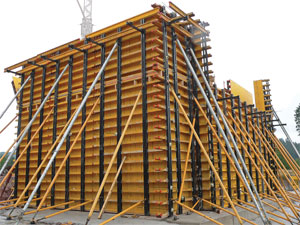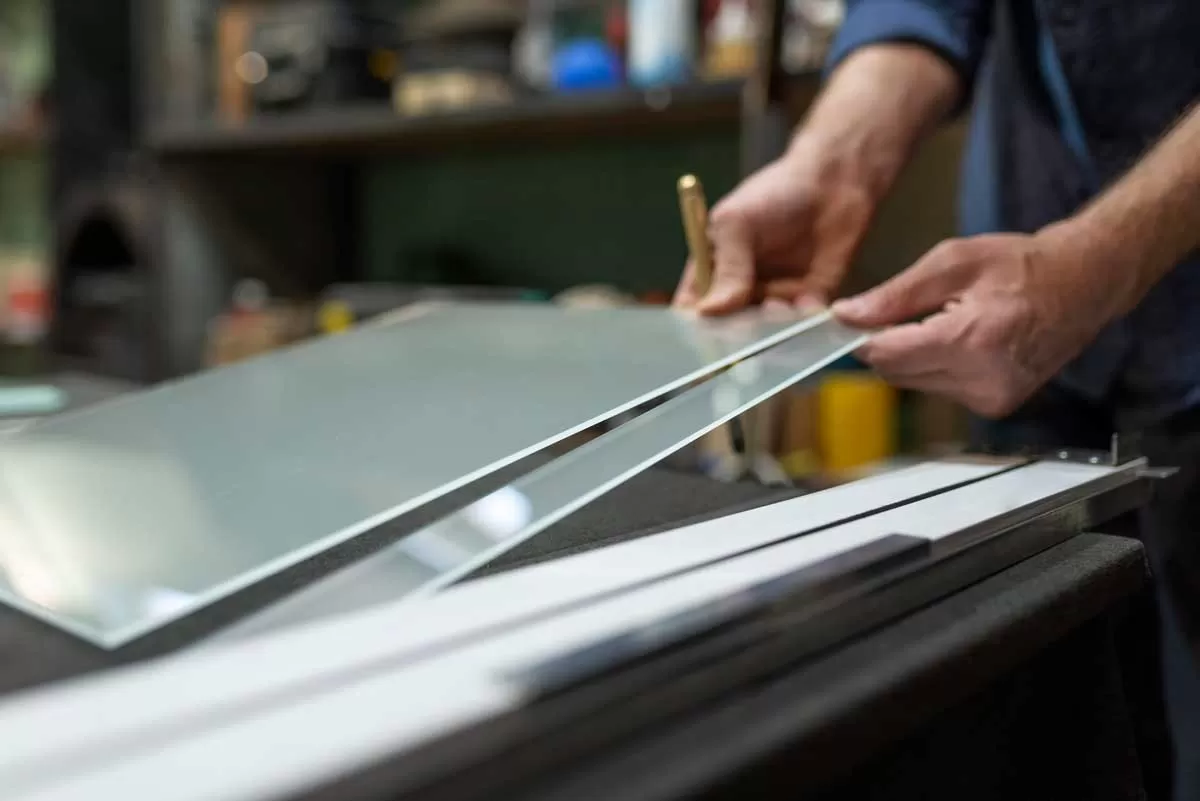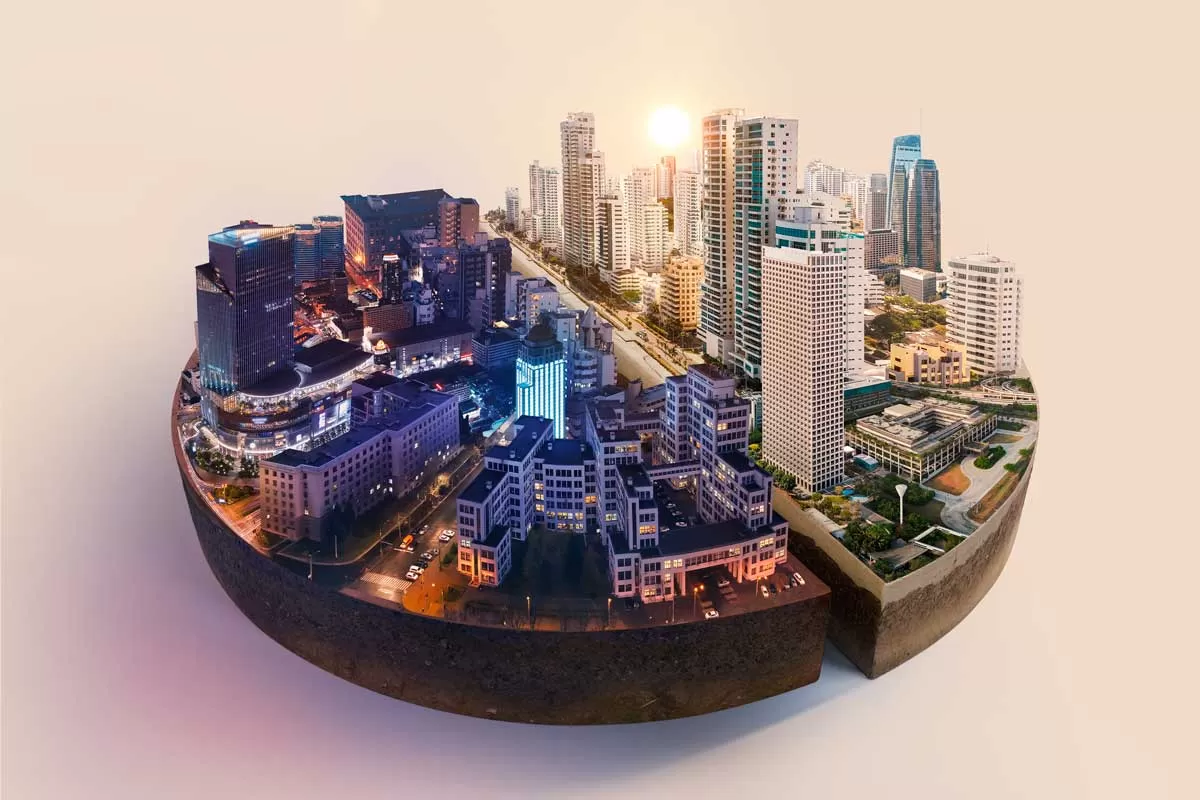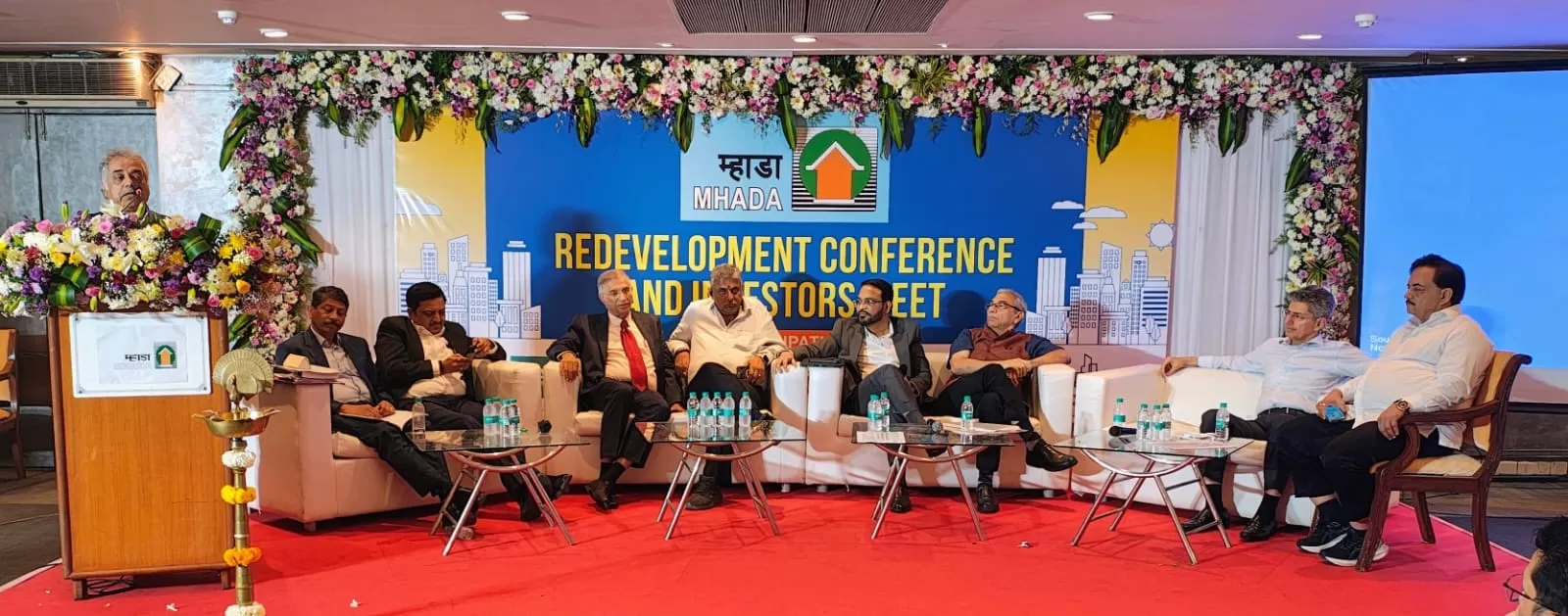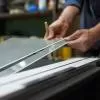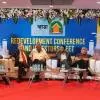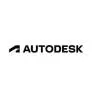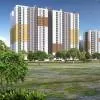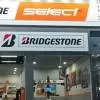CHARU BAHRI discovers that takers for advanced formwork systems are increasing, albeit gradually, in India.
Advanced system formwork is here to stay. With all eyes on productivity, higher returns and meeting the tight schedules of increasingly challenging tall building and power projects without compromising on construction quality, greater numbers of contractors are opting to use self-climbing and other modern formworks that double up as access systems. "Demand is increasing and most contractors executing high-rise projects are approaching us for this solution," says Anupam Sharma, CEO, Doka India Pvt Ltd. "Worker safety at site is the main reason behind this urge."
"Construction companies are increasingly enquiring about advanced formwork systems as productivity and efficiency-enhancing equipment, similar to the use of modern construction equipment and material handling systems," affirms Surajit Ray, Managing Director, Ulma Formwork Systems India Pvt Ltd. "This has resulted in increased market demand for system formwork in recent times. The upward trend has also helped increase awareness of the concept of system formwork and its effective utilisation amongst those who have used conventional systems all this time. So far, however, demand is emanating from tall building projects where standard components can be assembled at site to form suitable systems that can be reused at every step of construction. On the other hand, save a few industry stalwarts, Indian construction companies implementing infrastructure projects like elevated transport corridors, hydroelectric or nuclear power plants, manufacturing facilities for steel, etc, are still finding it more economical to use conventional systems. They find it difficult to manage the initial investment cost of customised modern formwork systems within the total project cost."
Sushil Sahani, Managing Director, Pranav Formwork, has a more conservative take on the segment's prospects. "Volumes are flat right now and it looks like this scenario will continue for a year," he says. "Product pricing is also becoming highly competitive."
Safety as a driver
"Safety is a prime motivator of morally responsible construction companies," observes Paul Grant, Head of Scaffolding + Access - India, Harsco, about the rising uptake of world-class, safety-compliant access systems. As the construction industry matures, Grant tells us that he has witnessed safety become a driving force for change and companies having less tolerance towards poor safety records. This new paradigm has helped Harsco establish itself in India, especially on the back of increasing demand from "multinationals who have already worked with us across the globe or who have been attracted specifically by our reputation for safety excellence and ethical business practices".
In keeping with demand trends, Harsco has invested heavily in design software that has facilitated the innovation of numerous patented components. "For instance, this technology contributed to the manufacture of an integral mesh retaining clip, and the J-lock gravity fixing, both components for the Extraguard temporary edge protection system," says Grant. Training of site staff is given due importance as well. "This is as much a part of our product as the physical material," he adds. "We help clients maximise returns from their investment in formwork and enhance site safety."
Circumventing labour shortages
Better awareness about formwork and scaffolding systems amongst st engineers, particularly amongst those who have returned from the Gulf after the slowdown in that region, coupled with labour shortages, especially at construction sites in cities, is also boosting the demand for system formwork.
It's part of a wider trend towards the greater mechanisation of construction. Assembling and de-assembling standard components lower dependency on worker's skills.
New-generation formwork systems ensure a fine outcome that helps eliminate the need for labour for plastering and finishing. A variety of shapes and sizes of formwork permits greater flexibility in concrete moulding as well.
Efficiency boosts productivity
At the premium 53-storey, 250-m residential Ahuja Towers site in Mumbai, Doka India's self-climbing Protection Screen Xclimb 60 is helping contractor Larsen & Toubro (L&T) work within a very tight timeframe. "Given the time limitations, a crane-independent solution had to be found," explains Sharma. Indeed, Dinesh Kumar Khatri, L&T Project Director, is appreciative of "the safe environmentö the Xclimb 60 helps create and its ability to reposition it without a crane. "This means we can work much more efficiently," he underscores. Such self-climbing systems allow fast resetting times by eliminating the need for crane assistance and considerably contribute to site safety, thereby protecting workers and occupants of nearby buildings alike.
Ahuja Towers is situated in the densely populated district of Worli-Prabhadevi, where it is boxed in by residential buildings, industrial estates and a busy main road. Acute lack of space around the site poses major challenges to residents - potential high wind speeds can easily knock equipment off the work platforms. "The all-round gapless enclosure of the top building levels by the Protection Screen Xclimb 60 and the fact that this is anchored to the structure at all times allows work to be carried out safely, protected from climatic influences,- adds Sharma.
Boosting demand
A track record of providing after-sales handholding and support goes in favour of vendors. Clients are demanding comprehensive post-sales assistance, including awareness, training for engineers and workmen, supervised site installations and repairs and maintenance. For instance, Doka scored with the client L&T for being reliable and for the round-the-clock support it offered to the company's technical staff, starting from the first assembly step.
Sometimes, project exigencies favour providers that can roll out customised re-engineered site-specific solutions in the shortest timeframe. Cost-conscious clients are likely to go in for economical systems offering a high degree of pre-assembly, or opt for the rental route.
A desire to minimise investments and storage costs and avoid buy-in because of potential project uncertainties and fluctuating industry fortunes are giving rentals a boost. In turn, a few providers are boosting demand with hire-purchase 'pay-per-use and buy in future' offers.
A clear focus on innovation is helping some formwork vendors to make greater inroads in the segment. Pranav Formwork invents and evolves products from time to time keeping in mind the changing needs of clients and projects, essentially to reduce the cycle time and manpower costs.
"New-generation systems introduced this year include Alvert and Modvert systems for vertical applications and Aludek for horizontal applications," elaborates Sahani.
"These meet customer expectations for lighter, faster (through minimal labour requirements and crane-free operations) and more economical (boasting an optimum life of up to 1,000 repetitions) formwork systems. Our range also includes Almon modular aluminium system for monolithic casting and Eco stage, a modular staging system." With an optimum combination of pro¡¡duct and service, the formwork and scaffolding segment is climbing new heights.
Quick Bytes
• There is an increased awareness of system formwork and its effective utilisation.
• New generation formwork systems ensure a fine outcome that eliminates the need for labour for plastering and finishing.
• A desire to minimise investments and storage costs are boosting rentals.
